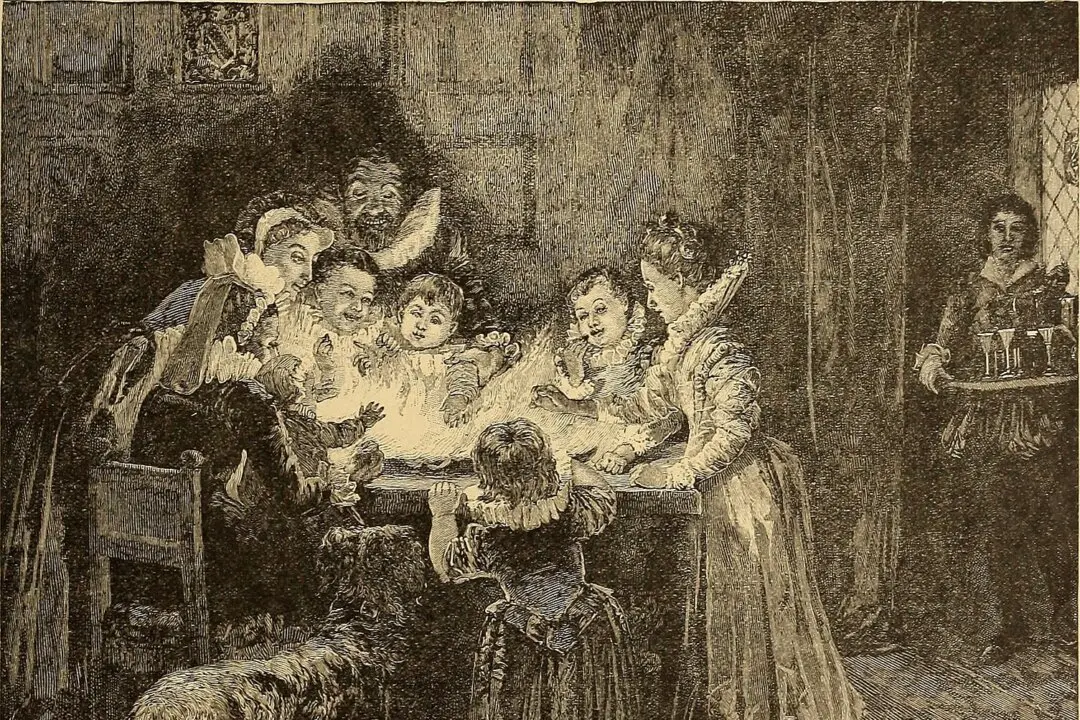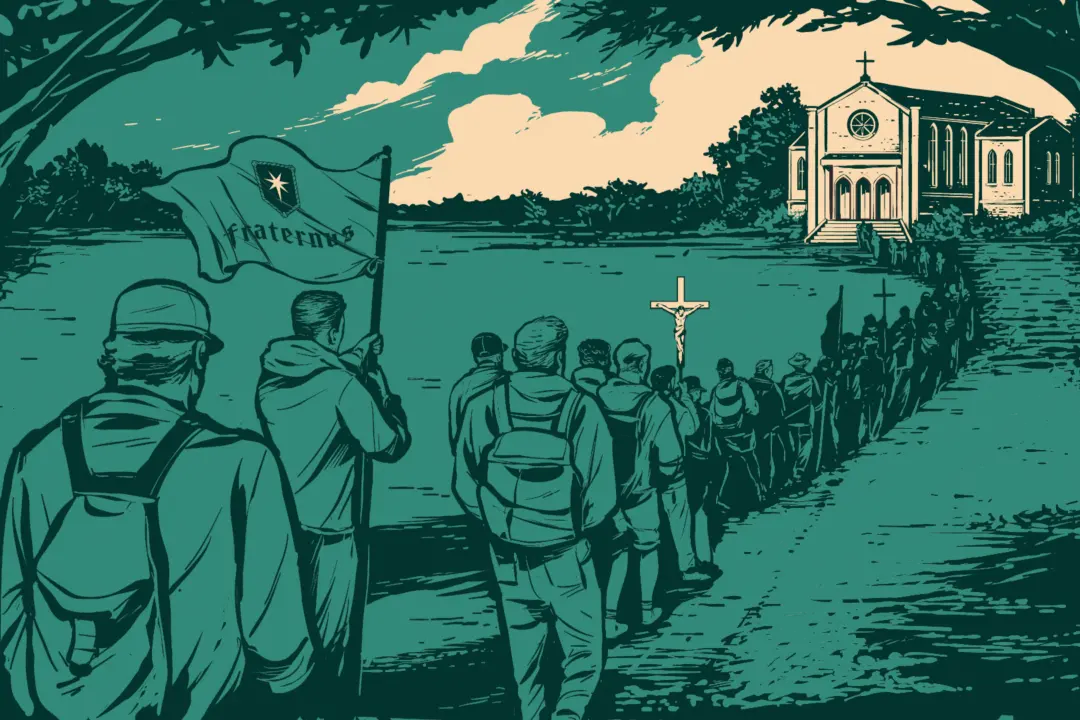The American homesteading movement is surging in popularity. A 2022 survey by Homesteaders of America found that 40 percent of current homesteaders had embraced the homesteading lifestyle within the last three years. The rediscovery of more old-fashioned ways of living seems to appeal particularly to young people: Almost 50 percent of survey respondents were younger than 39. The growth of interest in homesteading—especially since the COVID-19 pandemic—marks a cultural sea change. During the 20th century, most Americans were busy moving off the farm in search of a better life in the city. Now, in the 21st century, an opposite trend is emerging. But why this reversal?
One newly-minted homesteader who made the trek from city to countryside is Carl, a high school teacher who works 20 acres of land in rural Wisconsin. Carl has long felt the call of living off the land, and that desire increased as his family grew. “I was first introduced to the value of living on the land through the English Distributist authors, in particular G. K. Chesterton,” Carl told The Epoch Times.






